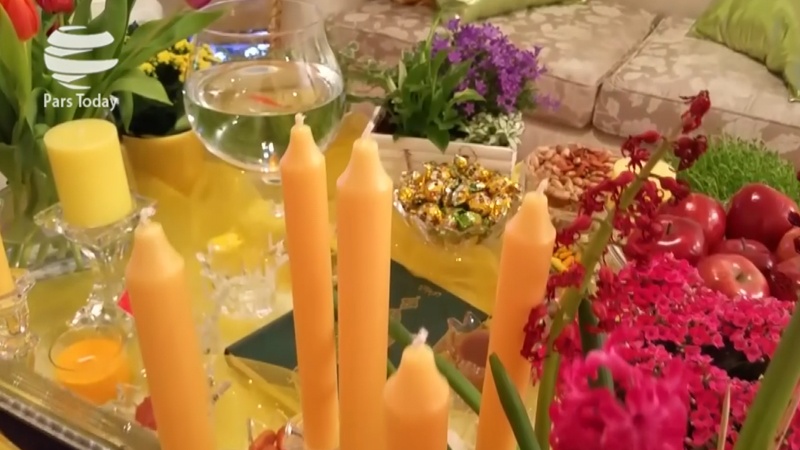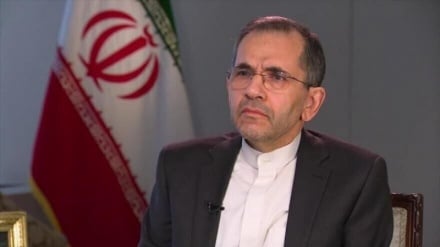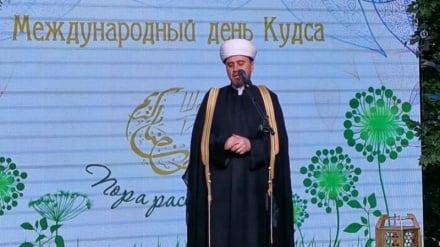Nowruz, Mirror of Iranian Thought (2)
It may be surprising that if you ask an Iranian what he remembers from his childhood, most probably he will read you poems and recall those who taught him poems and rhymes. Of course, this might not be interesting for some people. In order to express the features of the Iranian thought and its relation with poets, we name five acclaimed poets of Farsi language whose works mirror the aspects of Iranian spirit.
Ferdowsi was the reviver of the Iranian identity. He is the composer of the epic work Shahnameh in which he has applied Avestan myths and Parthian-Sassanid stories to safeguard Farsi language. In this magnum opus, he speaks of the core of universe and how to live perpetually. The most obvious bond between Ferdowsi and Iranians occurs in Nowruz. When looking for the history of Nowruz, one comes across with Shahnameh and Ferdowsi. Ferdowsi has mentioned Nowruz, Farvardin and the related names 33 times. He says that Nowruz is the brightest day of the year on which the sun shines the best. Ferdowsi explains that Nowruz is the day of joy; hence people are happy and enjoy themselves.
Khayyam is another poet who has embarked on Nowruz and spring. The poetry of Khayyam is in a type of the Iranian thought which looks at the world as a sequence of pictures appearing around imagination and fading away. He asks people to make use of the chances at hand like spring and appreciate the moments that are passing by quickly. Every Iranian knows that Nowruz and spring are short-lived and thus seizes the opportunity to benefit from the divine bounties in this beautiful period.
Mowlavi is another Iranian poet who was a great gnostic, too. He considers man as a traveler who has been left in his loneliness very far from the original abode. When he uses the word spring, he causes exhilaration in the reader.
Regeneration is a sign of the absolute truth (God) and he recommends us to march in the path of truth to be born anew. Mowlavi has paid attention to the statement of the Prophet of Islam who told the believers to expose themselves to the breeze of spring; for, what this breeze does to the body is just what it does to the trees. This strong look by Mowlavi at spring and Nowruz has impacted Iranians to the extent that they consider Nowruz as an Islamic-Iranian festivity.
Unlike many poets, who liked to live in solitude, Sa'adi liked to travel much. Thus, he took many trips to different countries, lived among many communities and gathered a lot of experiences from various lands. The works of Sa'adi are full of recommendations about social behavior and didactic remarks. Therefore, in the eyes of Sa'adi, Nowruz is a feast which should be used for both enjoyment and admonition. He strengthens Iranian thought with appropriate social conduct. He maintains that natural phenomena are the mirror of wisdom and people should learn from them.
Many Iranian families put a copy of the divan of Hafez at Haftseen tablecloth and read some of the verses of this great Iranian poet at the moments of turn of the year. People have lived with Hafez for centuries and called him Lesan al-Ghaib (Tongue of the Hidden World) as he knew the noble Qur'an by heart and his poems are replete with the Qur'anic admonitions. Hafez teaches us that the life of this world is full of ups and downs and one should be firm as a rock in the face of constant changes in the world. We should be pleased with what God has decreed and determined for us. One of the lessons that Hafez teaches us is to keep aloof from hypocrisy and be honest first with ourselves and then with others.
RM/MG



